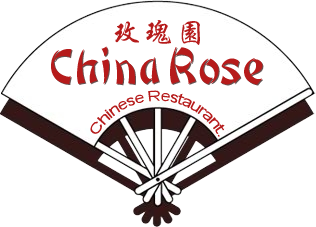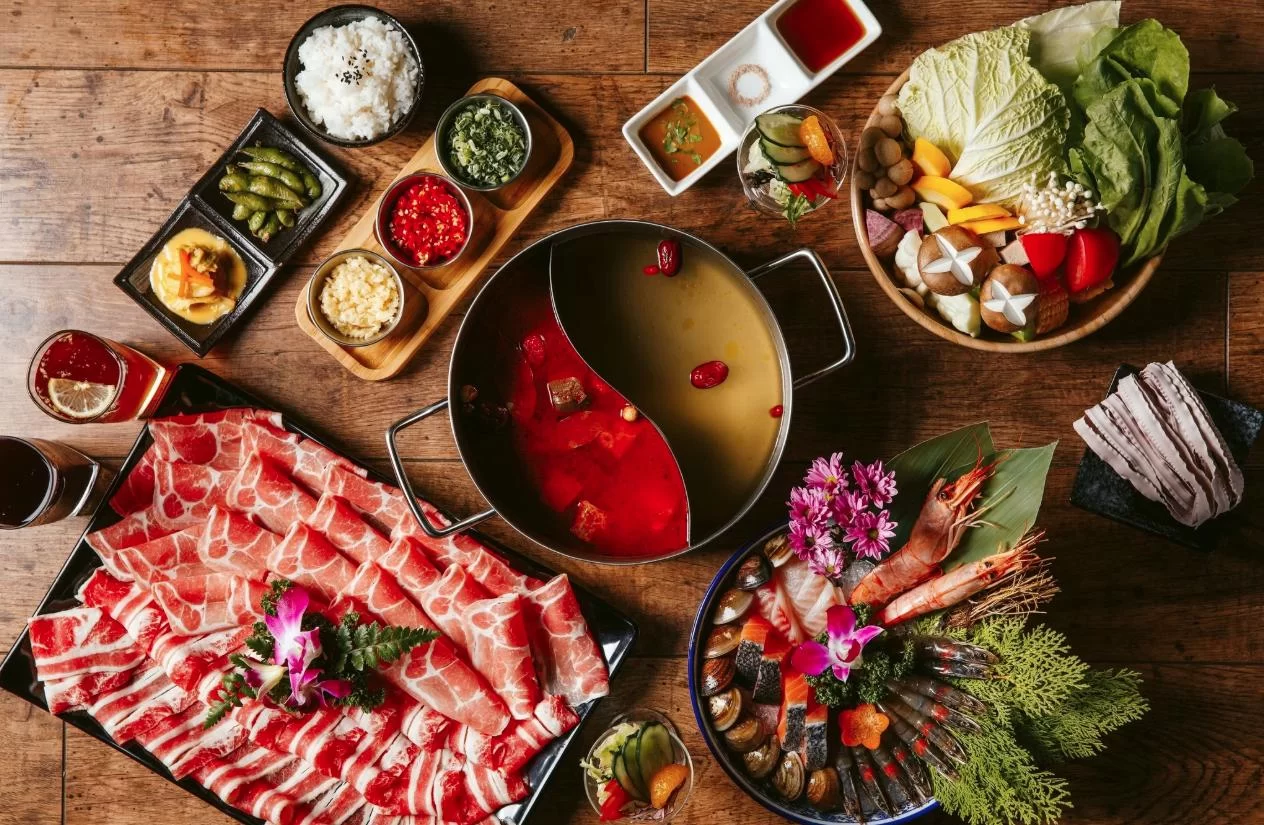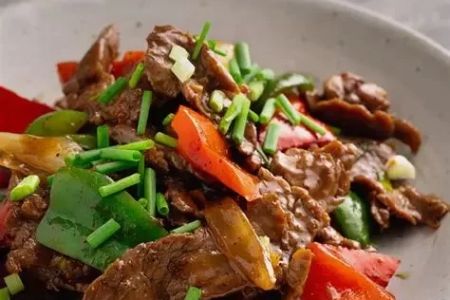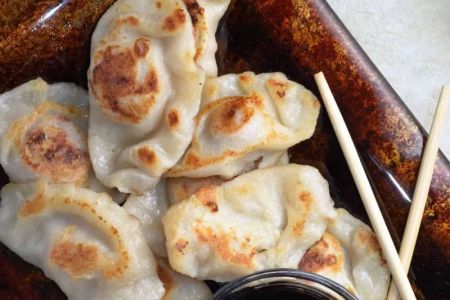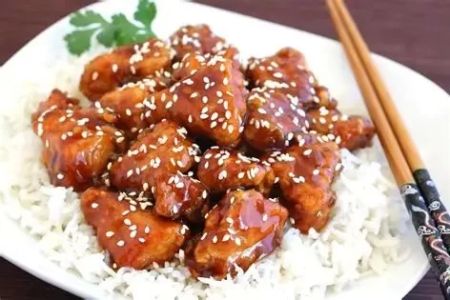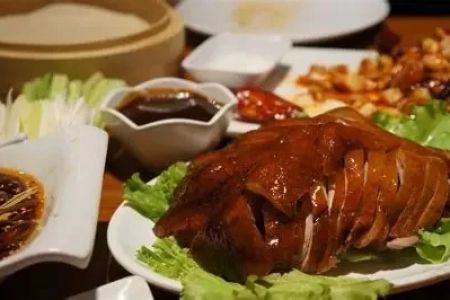- 1-Understanding-the-Importance-of-Menu-Pricing
- 2-Key-Pricing-Strategies-for-Chinese-Restaurant-Menus
- 3-Psychological-Pricing-Techniques
- 4-Balancing-Costs-and-Customer-Expectations
- 5-Leveraging-Menu-Design-for-Pricing
- 6-Case-Studies-and-Successful-Examples
1. Understanding the Importance of Menu Pricing
Menu pricing is a fundamental element that influences a Chinese restaurant's profitability and customer appeal. Proper pricing strategies balance costs, competition, and perceived value, ensuring that the restaurant covers expenses while remaining attractive to diners. In a competitive industry, pricing can also reflect the restaurant’s brand positioning—whether it’s a budget-friendly takeaway spot or an upscale dining experience.
Ignoring strategic pricing can lead to lost revenue opportunities or alienate customers if prices are perceived as unfair. Therefore, understanding the role of menu pricing in customer behavior and restaurant operations is essential for success.
2. Key Pricing Strategies for Chinese Restaurant Menus
Chinese restaurant menu pricing strategies often include cost-plus pricing, value-based pricing, and competitive pricing. Cost-plus pricing involves calculating the total cost of ingredients and adding a markup percentage to ensure profit. This straightforward method provides a safety net but may miss opportunities to maximize revenue.
Value-based pricing focuses on the customer’s perception of the dish’s worth, allowing restaurants to price premium or specialty items higher due to quality or uniqueness. Competitive pricing adjusts menu prices based on local market conditions and rival restaurants, helping maintain relevance and customer retention.
Integrating these strategies requires careful analysis of food costs, customer demographics, and market trends. Successful Chinese restaurants blend methods to create a pricing structure that meets business goals and customer expectations.
3. Psychological Pricing Techniques
Psychological pricing plays a vital role in influencing customer choices at Chinese restaurants. Techniques such as charm pricing (pricing items just below a round number, e.g., $9.99 instead of $10) create the perception of better value. Another approach is “decoy pricing,” where a high-priced item makes mid-range dishes appear more reasonable.
Placement of prices without currency symbols or the use of descriptive language on menus can also affect spending behavior. These subtle tactics enhance the dining experience and encourage higher spending without overt pressure.
Understanding customer psychology enables restaurateurs to design menus that not only cover costs but also optimize perceived value and satisfaction.
4. Balancing Costs and Customer Expectations
Managing the delicate balance between operational costs and customer expectations is a constant challenge. Ingredients’ price fluctuations, labor expenses, and overhead must be accounted for without pricing out loyal customers. Transparency and perceived fairness build trust, especially in ethnic cuisine markets where authenticity is prized.
Offering tiered options—such as combination meals, lunch specials, or smaller portions—can cater to varying budgets and appetites. These flexible pricing choices broaden the restaurant’s appeal while managing costs effectively.
Communication, whether through staff or menu descriptions, helps align expectations with pricing, reducing dissatisfaction and fostering repeat business.
5. Leveraging Menu Design for Pricing
Menu design is a powerful tool in implementing pricing strategies. Strategic placement of high-margin dishes, highlighted specials, and eye-catching descriptions can steer customer choices and improve profitability. Visual elements such as photos, fonts, and color schemes subtly influence perception.
For Chinese restaurant menus, grouping items by price range or cuisine type helps customers navigate options easily and make decisions aligned with their budget and taste. Digital menus and apps offer dynamic pricing possibilities, adjusting to demand or promotions in real-time.
Effective menu design complements pricing strategies and enhances the overall customer experience, encouraging return visits and positive reviews.
6. Case Studies and Successful Examples
Many Chinese restaurants have successfully implemented innovative menu pricing strategies. For example, a mid-sized restaurant in San Francisco increased profits by introducing combo meals priced slightly below the sum of individual items, leveraging value-based pricing to attract lunchtime customers.
Another restaurant used psychological pricing to boost sales of premium dishes by positioning them next to popular, moderately priced items, creating an appealing contrast. These practical applications demonstrate how understanding both data and customer psychology drives financial success.
Studying such examples provides valuable lessons for restaurateurs seeking to refine their menu pricing strategies and better compete in the marketplace.
Invitation to Explore More
For restaurant owners and managers looking to deepen their understanding of Chinese restaurant menu pricing strategies, the website Chinese Food offers extensive resources, expert advice, and product recommendations tailored to optimize your business’s profitability and customer satisfaction. Dive in to discover the latest trends and techniques that can transform your menu and elevate your restaurant.
